I am a big fan of Jim Hall.
A god of the Jazz Olympus, he was an amazing guitar player and played (i.e. lived) according to a simple but effective maxim: make musical sense. He jotted it on a scrap of paper and stashed it in his guitar case, so, whenever he took the instrument out, he was reminded to follow the advice.
And he did it.
This is an excellent advice also in photography and I do my best to follow it, also if I don’t always get it right for a number of reasons, the main one being that meaning is in the eye of the beholder as exemplified by this post I wrote for 35mmc where I entirely misunderstood the message and built a plain wrong narrative.
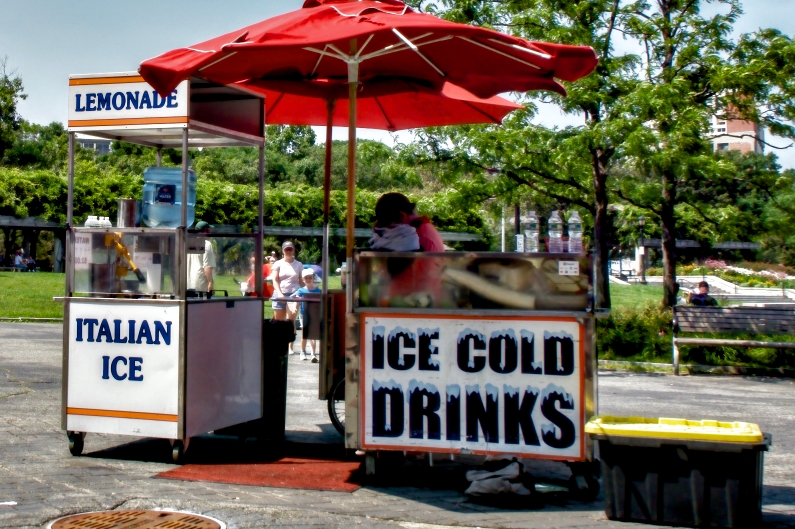
In some cases, meaning comes before the photograph, and the latter is built on purpose to support the message. This photo is nothing special, but once is framed in the narrative of how urban development irremediably alters the history and the soul of a neighbourhood, all of a sudden it becomes meaningful.
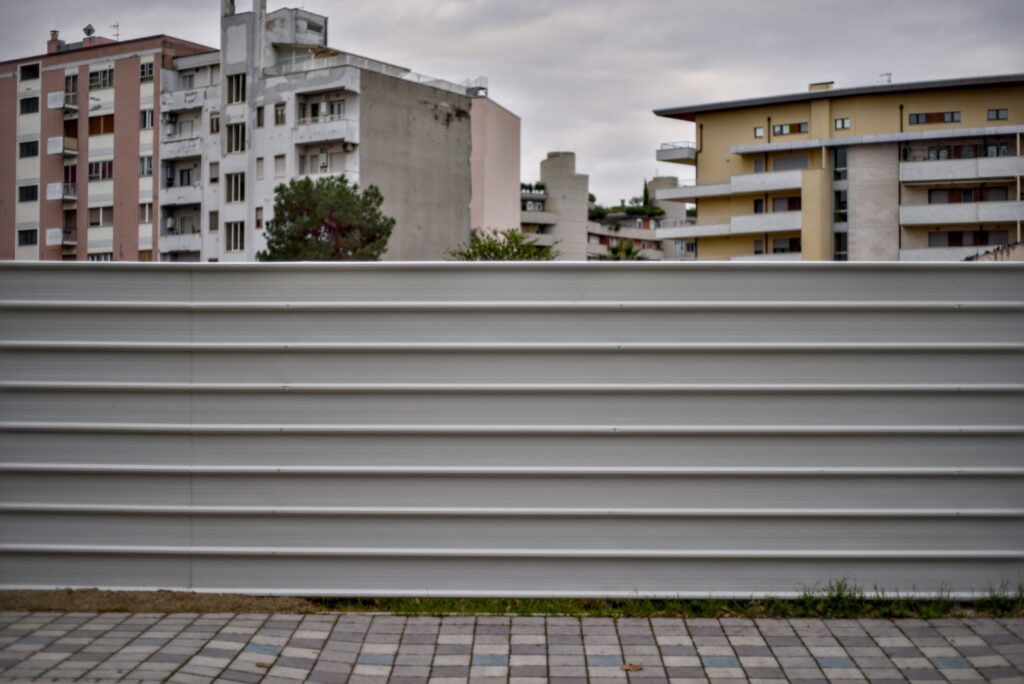
Sometimes, as this post shows, meaning comes from a narrative built on multiple images which, taken individually, do not really say much.
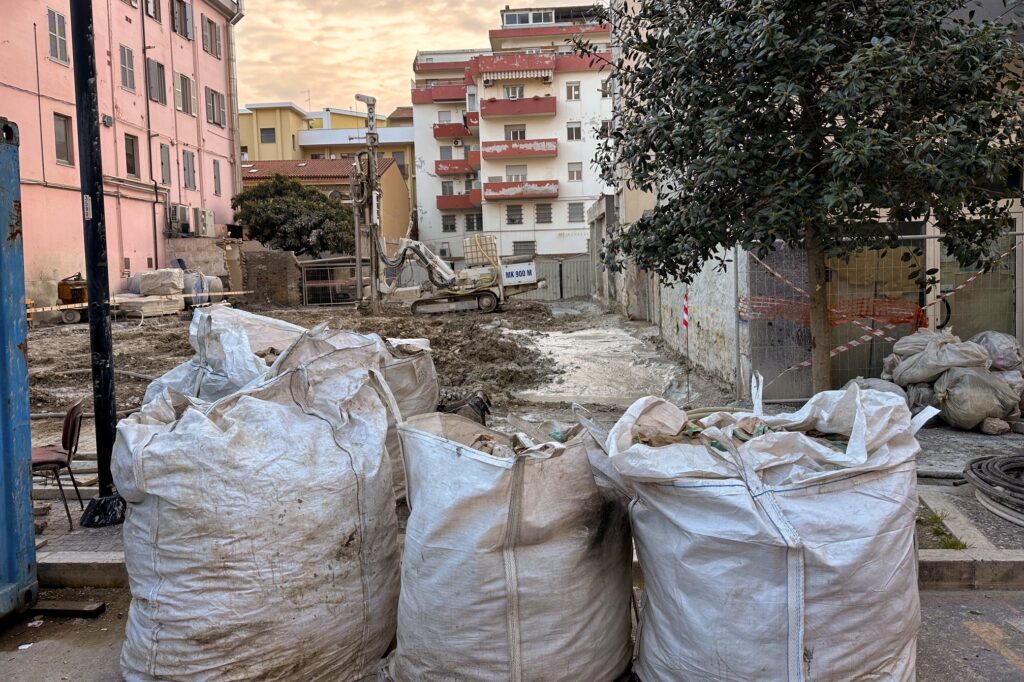
When it comes to meaning, misfocused, blurred, shaken, badly composed and other technically wrong photograhs are a challenging topic to discuss. There is no doubt that rules are meant to be broken, and that breaking rules is a way to explore different ways to express yourself. However, there is a difference between a casual, unintended wrong shot and the ex post attempt to make it looks like it was taken on purpose.
I took this photograph during a casual stroll in Tokyo’s Ginza district with a Nikon 35TI and a Ferrania Orto —ISO80. Because of that, I knew that I’d end up with a blurred, uncontrolled panned, out-of-focus image. Still, this is exactly why I did it. I took my odds, mentally kept my fingers crossed and took the shot. The result may have some merit, but by all means I do not claim that it was made on purpose. But am I the author of this photograph, or just the mechanical contributor who pressed the shutter button?
This latter consideration brings up the question of what makes a photo worth anything.
If all that matters is the results, then the photographer’s role becomes irrelevant. Having enough storage space, a decent camera, and a bit of luck, even a monkey can take a good photo. Also in less extreme case, you might wonder whether a sports photographer – or anyone who takes bursts of photos – can really say they did it on purpose. This question is all the more valid when photos are taken with cameras placed in specific places, like inside the cage of hammer throwing, and remotely operated, thus making it challenging to really check the composition or choose the right moment to take the shot. Sure, these days smartphones and tablets let you mirror what the camera is seeing. But the photographer’s input isn’t as crucial to the final results.
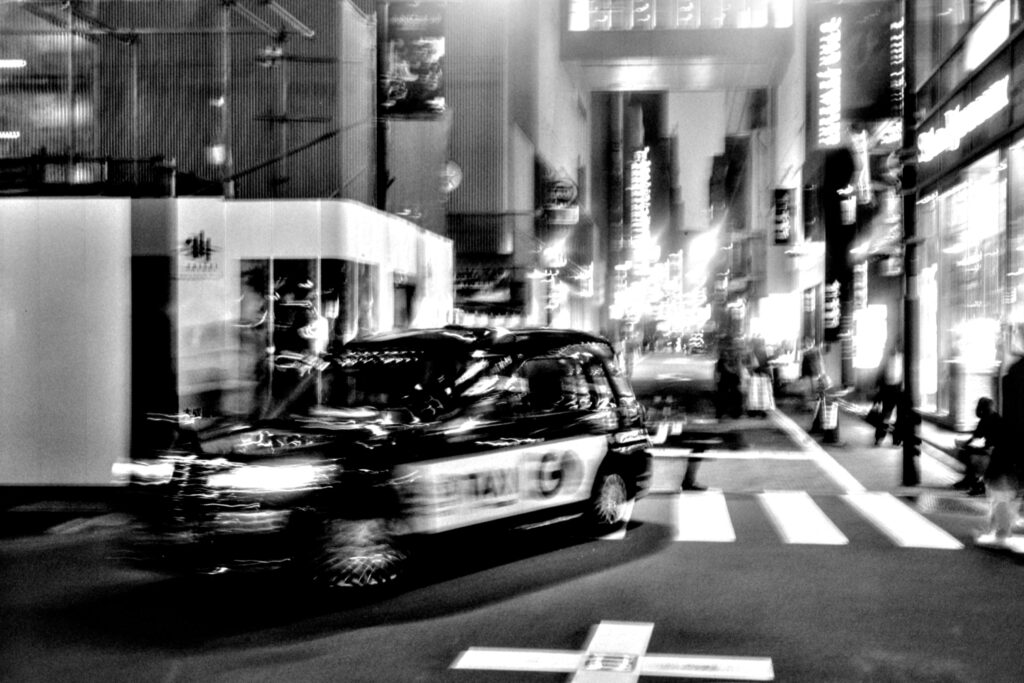
Street photography is another field where meaning plays a crucial role.
Most people agree that street photography isn’t just about taking random pictures of strangers. Still, this is exactly what happens.
I’m not an AI, so I can’t say I’ve scraped all the images online or read all the books out there on the subject. I’m a real keen learner though, and I’ve spent ages studying the genre’s masters, the works of unknown but still pretty competent photographers – which is way more interesting – and the posts of those practising this kind of trade, who are maybe not as skilled. So, I can say with a reasonable empirical approximation that most of what I have seen labelled as ‘street-photography’ is just taking random pictures of strangers.
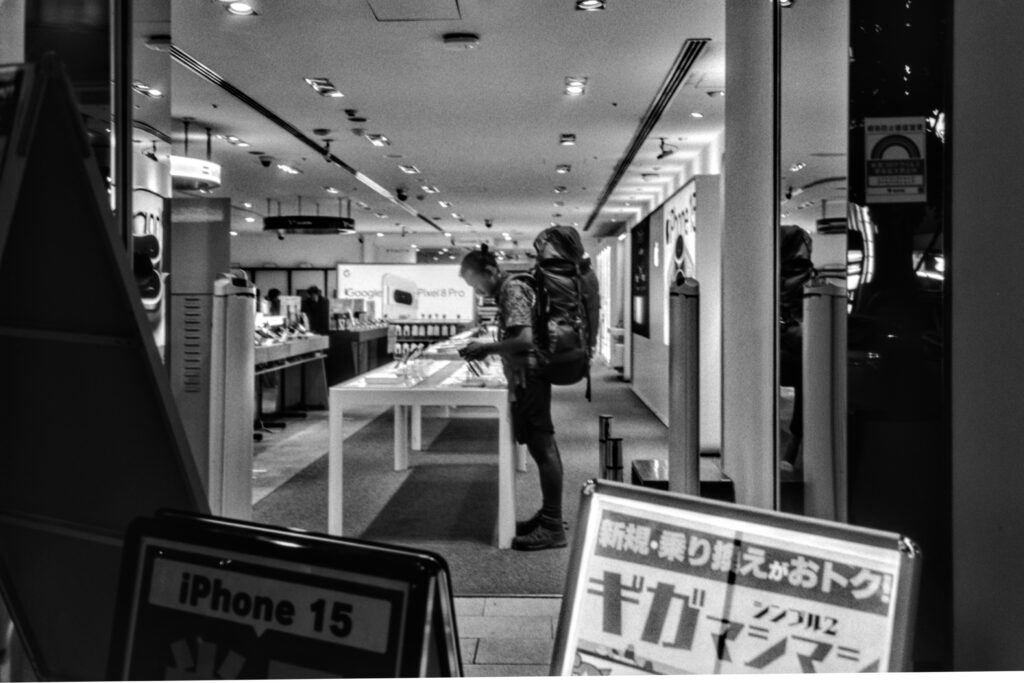
At the beginning of the learning curve this is entirely legitimate. Nobody can actually ‘teach’ street-photography because this is a very personal and intimate genre where life experience, culture, values and personal beliefs make the difference. But the key is to get rid of this ‘casual shot attitude’ as fast as possible. It’s not about rushing, so it’ll probably take years to get there. But what matters is to start the journey in the right direction.
The comparison with the next picture explains what I mean.
This photograph, which was published by a local newspaper reporting about a flood that hit my hometown, is probably my best street-photography yet, and surely the one I use to compare my other works. It tells multiple stories according to where the attention shifts —the man rescuing the elder, the curious bystander, the woman in the background casually looking at the scene while still minding her own business— it is properly composed and focused. It puts the viewer right in the middle of the action.
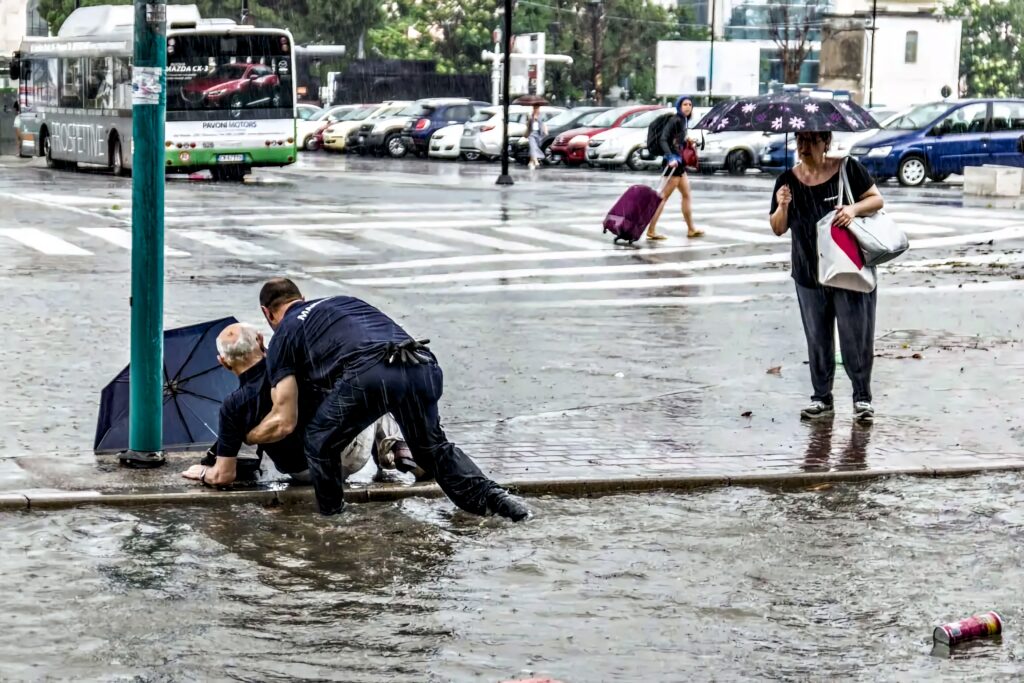
These are just a few ways in which being able (or not being able) to understand what you’re seeing and what meaning you do want to convey can affect how you see a picture before you take it.
Another option, at 180 degrees from this one, is to ‘just shoot’ or ‘spray and pray’: get up, go out, shoot at everything that moves, and save for later any further consideration.
I’m not a fan of this approach as a standard way to take photos. To be blunt, I think that this is a shortcut to feed one’s social network ego by cherry-picking one among hundreds of ill taken shots, exactly like those guitar players who speed up their recordings or cut and paste various takes pretending that they played the opening sequence of Paul Gilbert’s Technical Difficulties in just one set —and faster than him. However, I do think that sometimes letting things go a bit wild and unpredictable, just like in music composition, can open up new ways of doing things.
What matters is being intellectually honest and call things with their proper name: it helps find meaning in photography (and maybe also in other parts of one’s life).
Share this post:
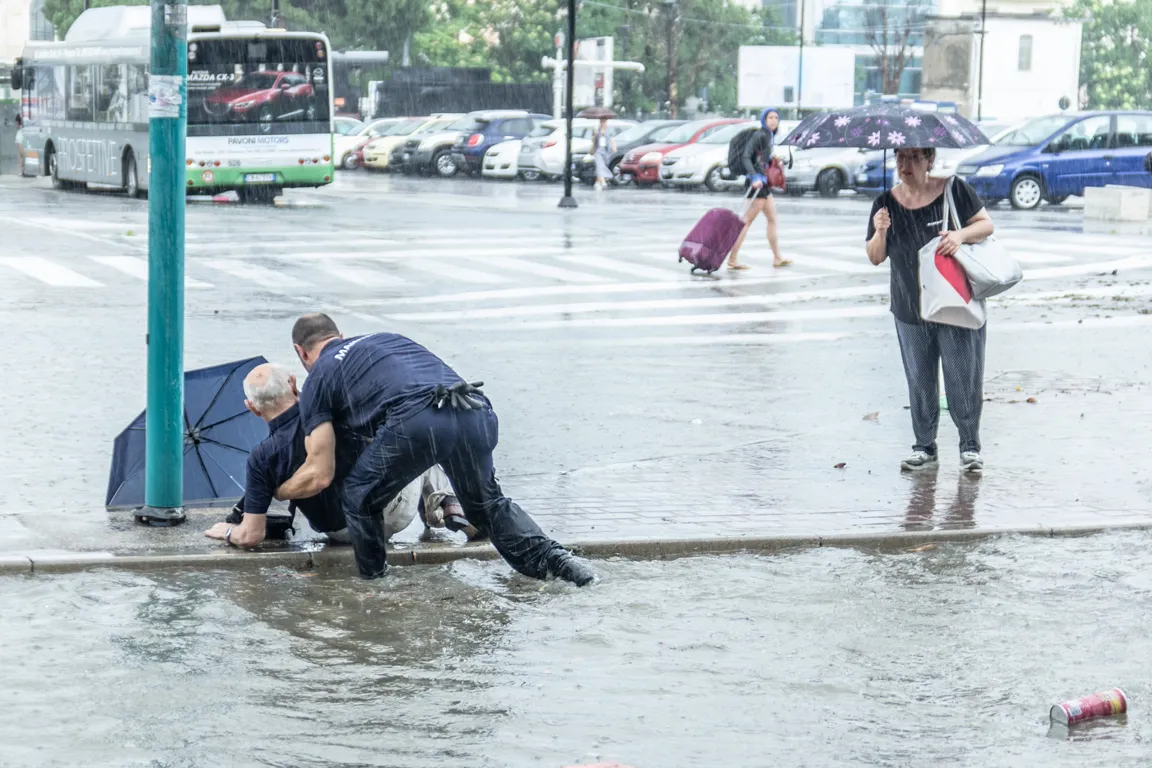
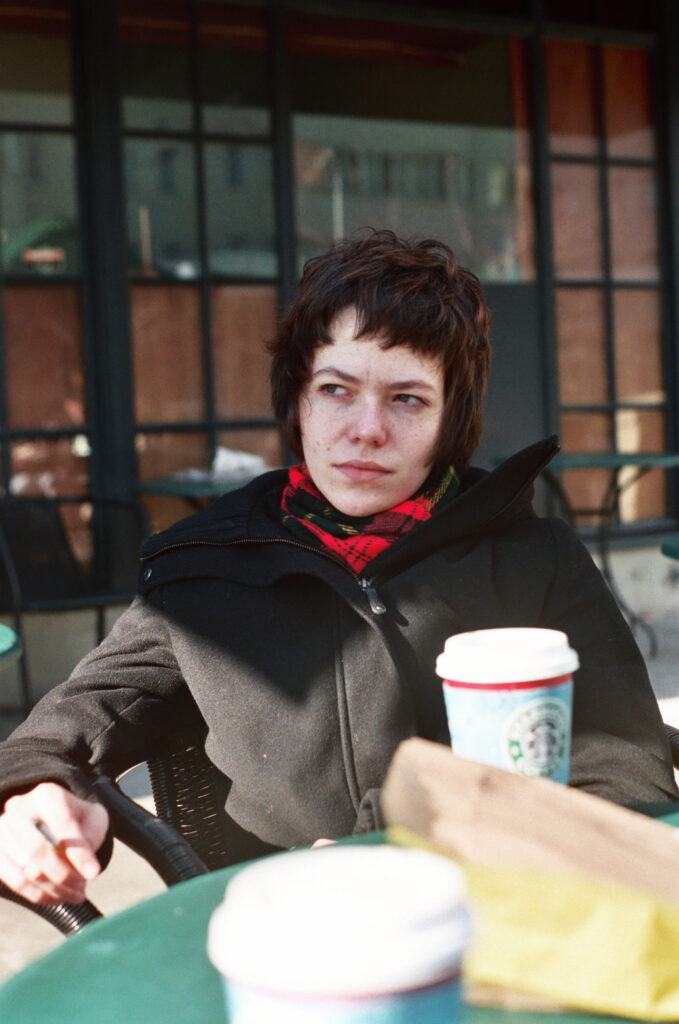
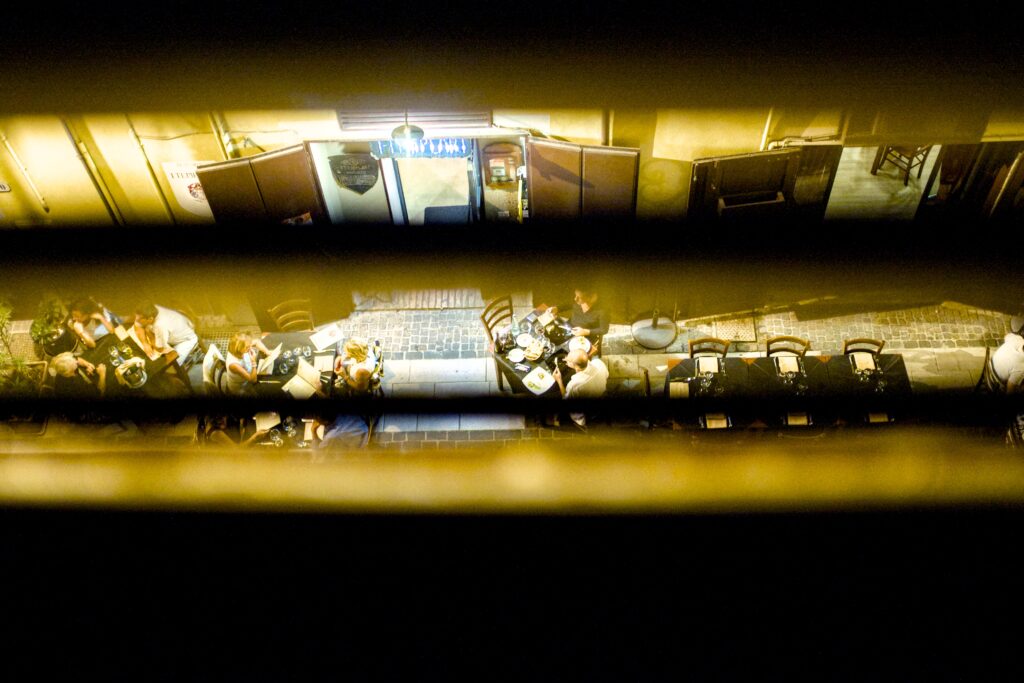
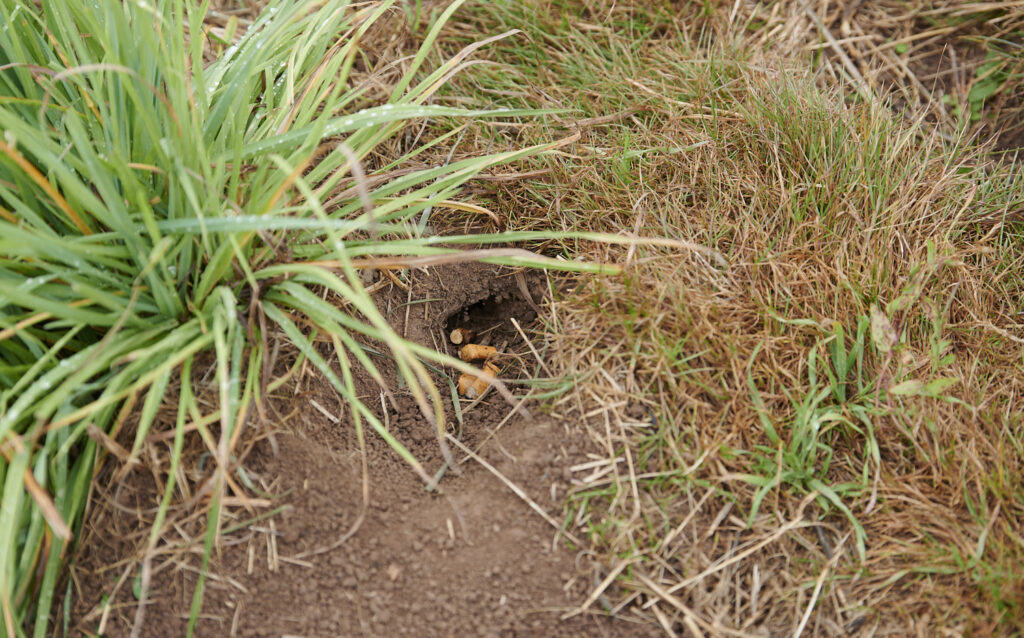
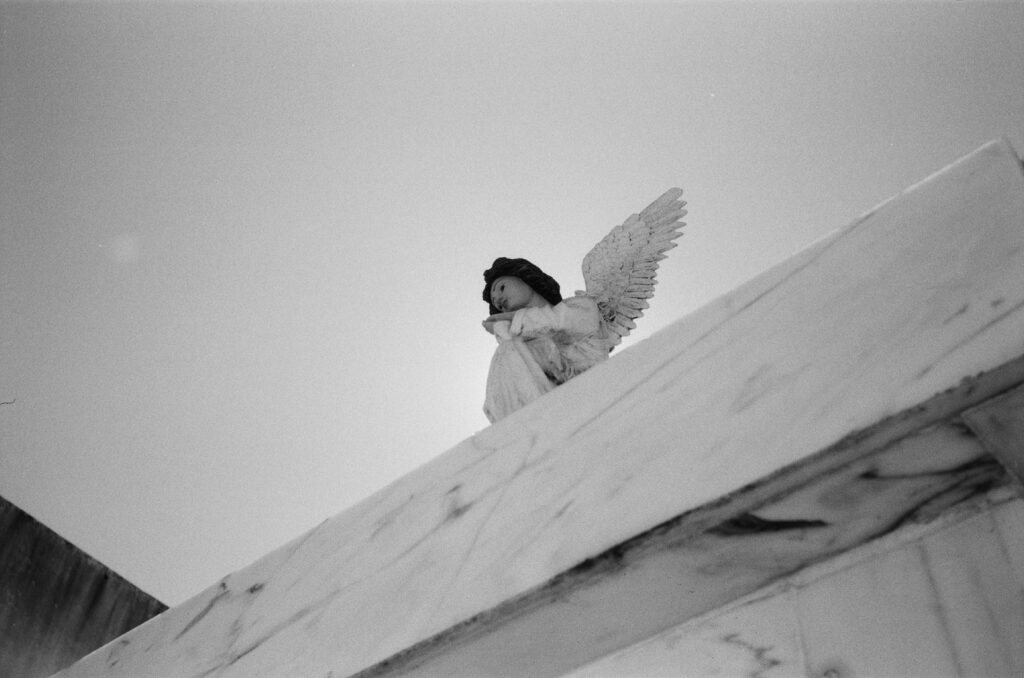
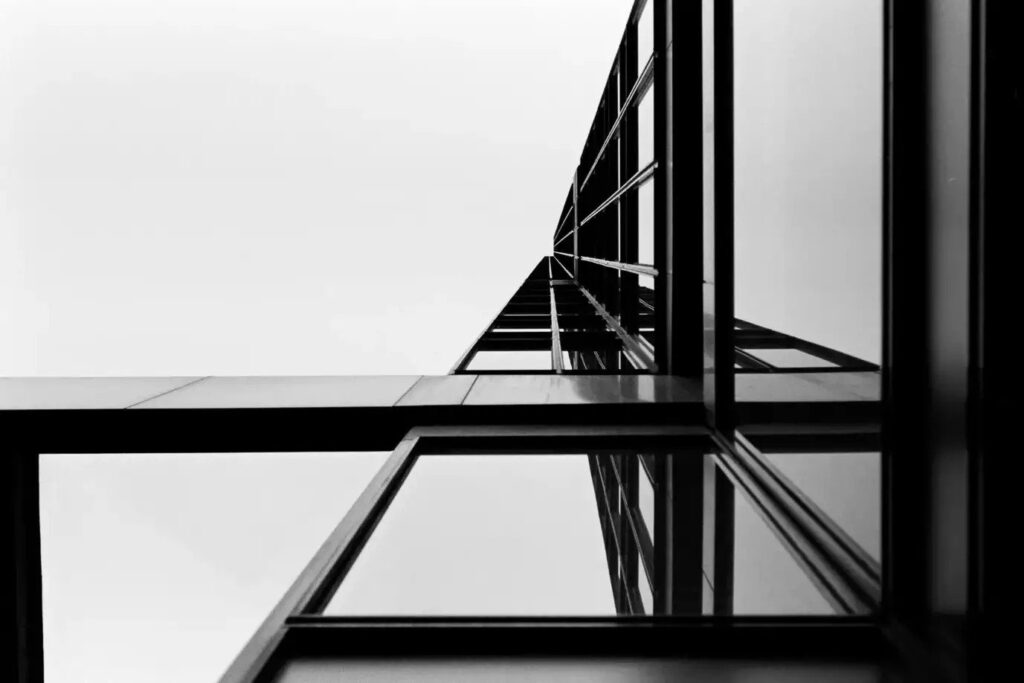
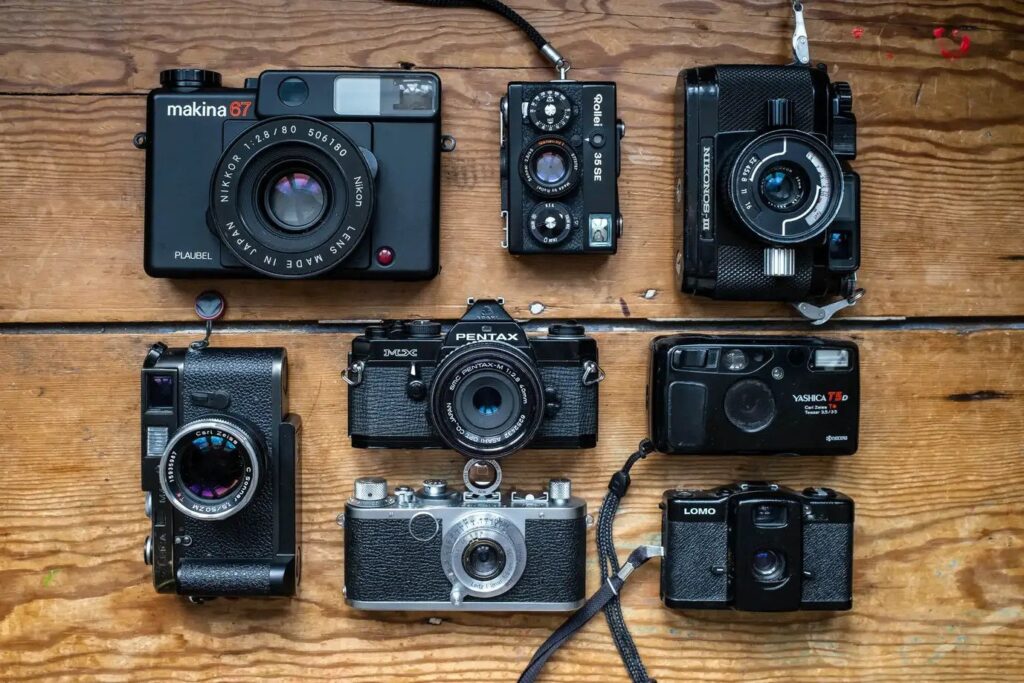
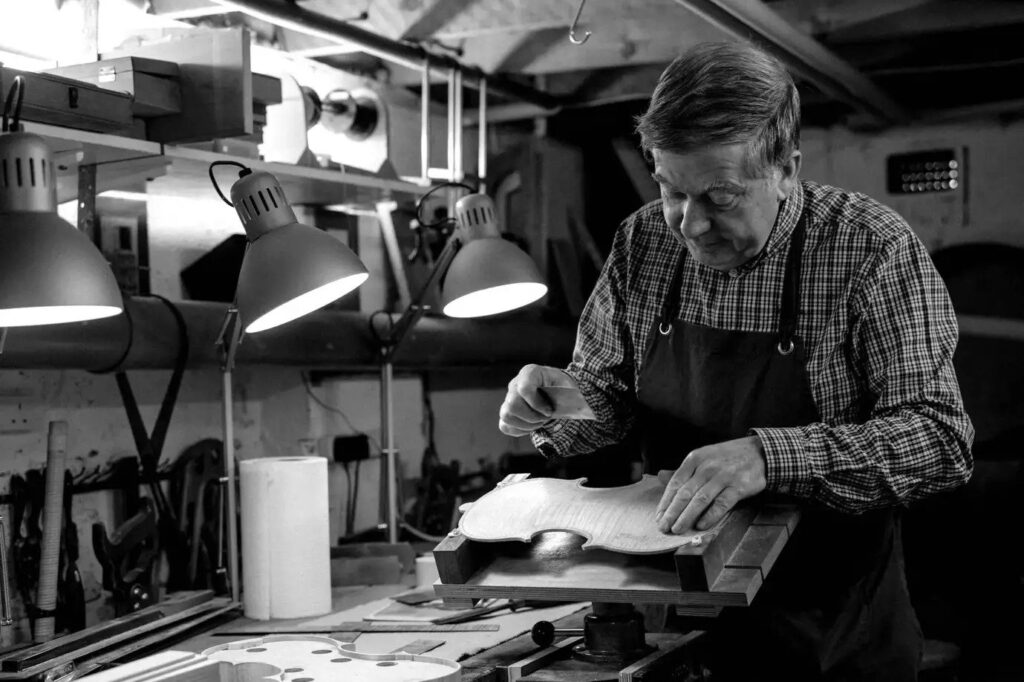
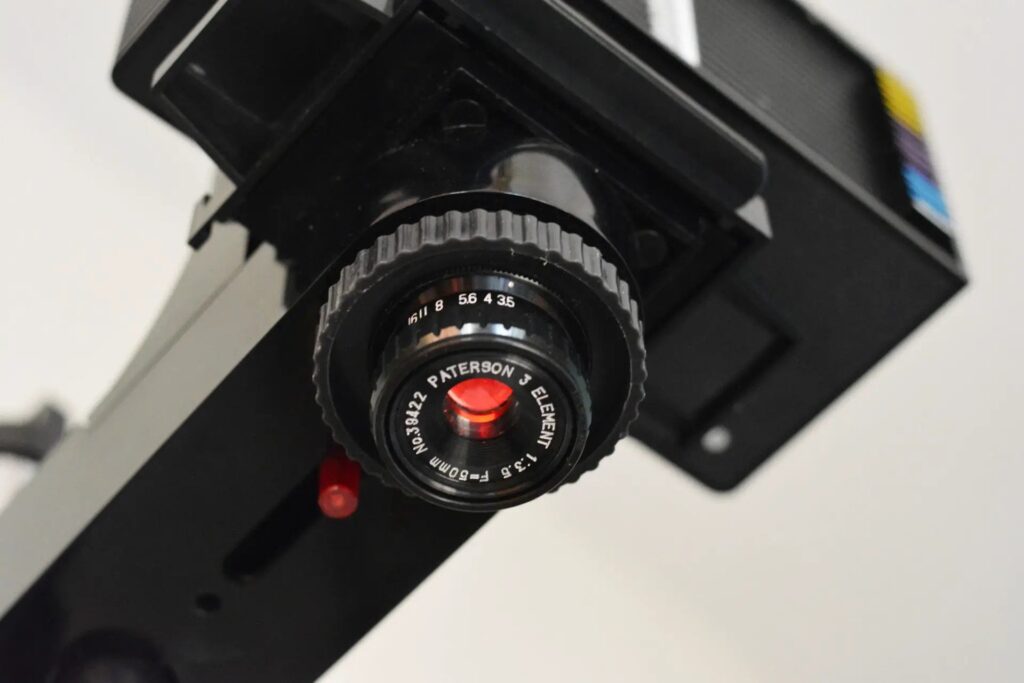
Comments
Art Meripol on Make Sense (or: Meaning is in the Eye of the Beholder)
Comment posted: 05/10/2025
David Hume on Make Sense (or: Meaning is in the Eye of the Beholder)
Comment posted: 05/10/2025
Alexander Seidler on Make Sense (or: Meaning is in the Eye of the Beholder)
Comment posted: 06/10/2025
i am not really satisfied, because i WANT to see the frame before taking it.